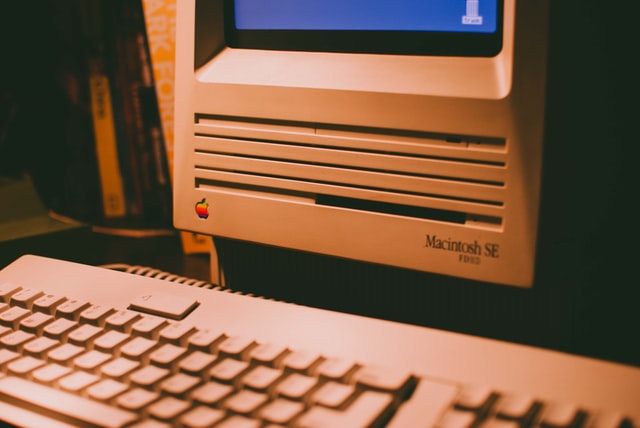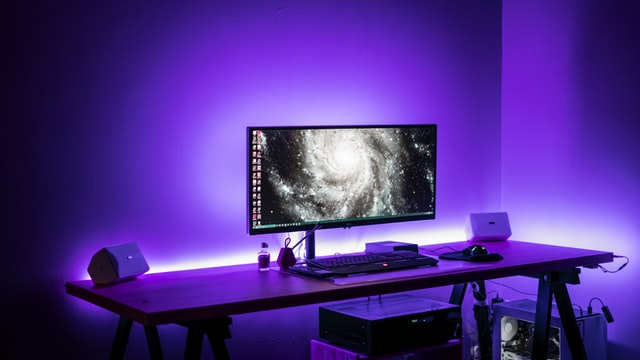Computers started out as simple mechanical devices. In 1712, Johann Evangelista Purcell built the very first practical calculator. By the 19th century, they had become much more sophisticated. In 1822, Charles Babbage created the first successful programmable machine called Analytical Engine. This device would eventually revolutionize the way we communicate today.
Over the years, the development of computers has grown exponentially. Today, our everyday lives depend upon them. They range from supercomputers to handheld gadgets. Here’s a timeline of the evolution of computers.
1956 – IBM creates its 701 Electronic Calculator.
IBM engineers were trying to figure out how to make a calculator smaller. When they made their new model, they made an add-on memory card for it.
1958 – ENIAC becomes the world’s first general purpose electronic digital computer.
J. Presper Eckert Jr. and John Mauchly created this revolutionary computer at University of Pennsylvania. While it performed basic calculations like addition and subtraction, ENIAC also had a programming language which could process programs using instructions.
1964 – The Univac 1108 Scientific Computer comes out.
Parsons joined forces with Burroughs to create a large commercial version of ENIAC. Since ENIAC couldn’t be copied easily, both companies agreed to build one. The two machines couldn’t even compare in size.
1974 – First PC with integrated keyboard and monitor shown at Comdex.
The Altair 8800 was released in 1974. It was designed primarily for hobbyists. However, some people found that it turned into something else entirely.
1976 – First microprocessor chip created.
Intel’s 4004 was the first programmable semiconductor device. It was named as such because of the four transistors on each chip. The 4004 took the same designations as its predecessor, the 8002.
1981 – Apple releases the Macintosh.
This small desktop computer can store data and run programs. Steve Jobs and Steve Wozniak worked on the Mac until 1982 when Bill Gates joined him in January 1983.

1983 – DEC VMS operating system introduced.
DEC was looking to challenge IBM’s dominance of the minicomputer market. They chose VMS, partly because it was already being widely used in schools.
1984 – Microsoft Windows 1.0 introduced.
The year after the release of DOS 3.3, Microsoft introduced their very first product: MS-DOS 4.0. It contained improvements to MS-Dos 3.x.
1987 – Apple introduces their first consumer oriented colour computer, the Macintosh SE.
Apple is now selling a version of their personal computers at retail and manufacturing. Previously, only educational institutions and businesses purchased the Macintosh line.
1992 – Microsoft releases version 7.0 of MS-Windows.
With Windows 7, Microsoft took full advantage of the power of the Pentium chips. The GUI became more responsive and the operating system itself got faster.
1993 – Apple introduces iMac G3.
The iMac was designed to compete directly with other brands of all-in-one desktop computers. Unlike other products like the Compaq Deskpro 386 or Olivetti Multimedia, however, the iMac was actually a complete computer with a built-in monitor.
1996 – Microsoft releases Windows 95.
By November 1995, Microsoft had already shipped 2 million copies of Windows 95 on PCs. With Windows 95, Microsoft introduced three important things: the first true graphical interface since the original version of Windows, called Win32; a network communication protocol called TCP/IP; and a feature called “Active Desktop”.
2001 – Final Major Operating Systems Released – Windows XP, OS X 10.1
Both these operating systems are available for free download from Microsoft. Both also include support for Intel’s new x86-64 architecture CPUs which would be standard in many high-end PC models by 2006.
Conclusion
Now used literally everywhere, from majesticslotsclub.net/fr online casino gambling to clothing retail and basic transport, among others, computers are no longer limited to office use. In fact, they’re becoming an essential part of our lives, whether we like it or not!


